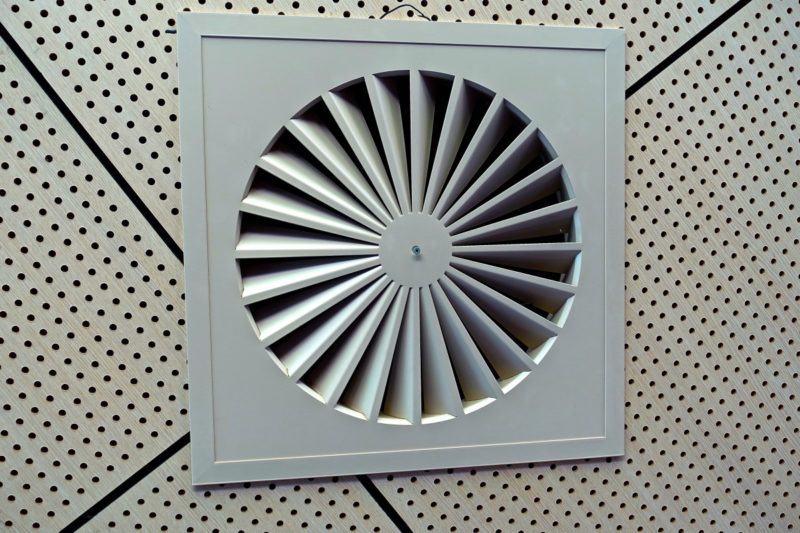If you are up to installing a water heater, then one thing that you need to figure out is how to vent a water heater. As a rule of thumb, you should choose a unit that can be vented like the current water heater at home to make installation easier.
But other than that, there are several things to be considered. Take note that water heaters will not require ventilation. But despite the innovations brought about by technology to water heaters. Still, those that use combustions are preferred by many.
In other words, most water heaters are still burning fuel which can either be propane, oil, or natural gas. That fuel releases byproducts such as carbon dioxide. Proper ventilation is essential to get rid of those noxious gases. Otherwise, it will be dangerous.
The Basics Of Venting Water Heaters
All venting systems of water heaters use pipe or duct tape. This is also commonly known as flue or chimney. It brings out the exhaust gases emitted by your water heater. Depending on your vent system type, the ducting can either be made of plastic or metal. Either the heater duct is tied into a bigger vent duct serving as propane or gas furnace at home. But it may also be leading directly outdoors, which is the typical configuration of venting water heaters. In most instances, the exhaust of larger appliances is heating the vent. Thereby water heater venting flow is improved.
Although this venting system is effective, there is a risk of backdrafting if this is not correctly installed. Due to this, several code jurisdictions are not allowing the typical venting configuration and mandate the use of power or direct venting. Other than venting, propane and gas water heaters require air for combustion, which can be sourced from the vent pipe that pulls the air out or from the air inside the house.
Backdrafting
As mentioned earlier, one problem attributed to venting a water heater is called backdrafting. This is when the exhaust gases coming from your water heater are not exiting the house through the vent but go into the house instead. Many causes can result in this condition, but commonly air volume imbalance, incorrect installation, or poor vent design are the ones that mainly resulted in backdrafting.
Air volume imbalance is usually caused by ventilation fans kike kitchen or bathroom vent fans that are pulling the air from outside the house and creating an effect comparable to a vacuum. It basically draws the exhaust gases downward and then draws them into the place from the venting system of the heater. With direct vent technology or ventilation assisted by a fan, the risk of backdrafting is removed for some venting systems, which is why many prefer water heaters with those features.
Ways To Vent A Water Heater
If you buy a water heater powered by electricity or solar power, then ventilation is no longer needed. The same is true for those who place to locater their water heater outside the house and those living in areas with a warm climate. For the rest of the water heater installation, exterior venting is necessary. But be aware that not all venting systems are working the same. With that being said, the installation requirements would also be different for each type of venting configuration, which we will discuss below. Here are the ways on how to vent a water heater:
#1. Power venting
This venting type offers excellent flexibility. That is because a direct line towards the roof is not required. Instead, the system usually expels the exhaust gas through the pipe running outdoors through the exterior wall. Combustion air is being pulled inside from around the water heater through the power venting. Then a fan is used to push the exhaust gas into the vent. This venting system should be positioned in a room with sufficient airflow.
#2. Direct venting
The air is pulled in from outdoors with a direct venting system and then vented the exhaust gas through the horizontal pipe. What’s good about this is that installation can be done almost anywhere.
#3. Atmospheric venting
This refers to the venting system wherein the exhaust coming out of the water heater rises out naturally from the combustion chamber of the appliance. The exhaust then goes out through the standard flue like a chimney and exits the roof. Unlike other ventilation types, this one does not need a motorized fan. However, an exhaust pipe connected to the roof from your water heater without interruption is necessary.
#4. Venting for water heaters in mobile homes
The installation of water heaters for a mobile home is just the same in a standard home. But the appliance should be designed explicitly for such installation. Most often than not, these water heaters require a panel intended for outside access. Without this, a unit installed inside the mobile home has a direct venting. It may be helpful to read about how to vent a water heater to a chimney.
It’s A Wrap!
Now you know that there are several ways how to vent a water heater. Again, when you are to buy a new water heater, pick one with a similar venting system as your current one. Click on these links to read related articles; know how to install a gas hot water heater and how to turn on wall heater in apartment.

